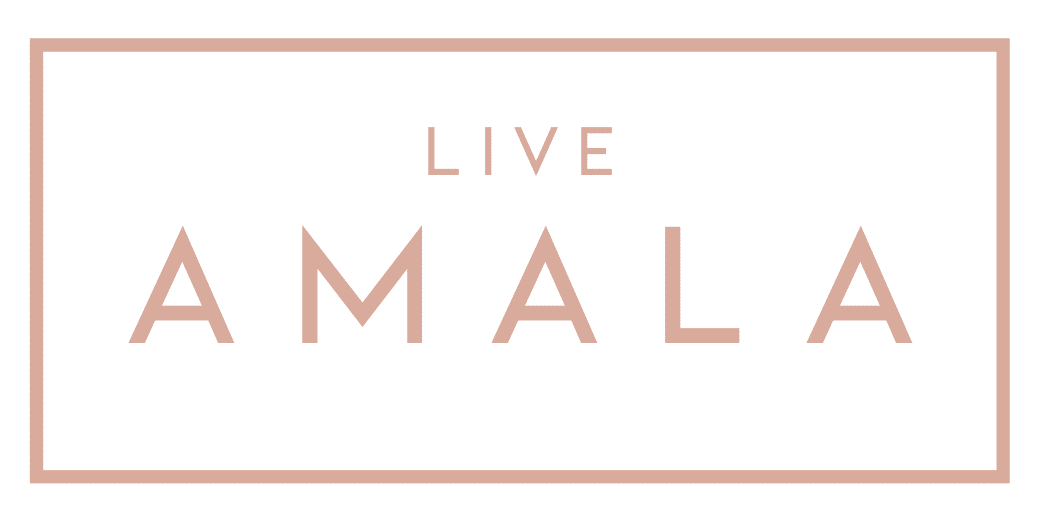Listening to our intuition is a lost art for so many of us.
It took me years to come back to my roots, to not only rebuild my connection back with myself but to trust her. Because it’s one thing to hear the whispers and feel the pull but it’s a completely other things to listen, honour, and trust its guidance.
I feel like I caused so much suffering in my own life by completely ignoring this innate language inside of me. We all have it, but it takes practice to tap back in if you have been disconnected for a while.
Amidst the noise of external voices, we sometimes forget that our intuition speaks volumes. Tuning into our inner wisdom is an evolution, a journey back to trusting our instincts. Yet, in the clash of societal pressures, we often silence the whispers of our bodies – ignoring hunger pangs for the sake of a number on a scale or pushing past satiety until it becomes discomfort.
We silence our intuition in the decision-making process, leaning too heavily on others’ perspectives. And too often, we stifle our passions, opting for comfort over chasing our dreams which only leads us to feeling like something is missing.
By continuing to ignore the whispers of intuition knocking at your door leads you to persist in believing that your own mind, or the minds of others, hold all the answers. But where has that path led you? Have you ever paused to listen, to open yourself to receptivity, and to follow its guidance?
Intuitive thoughts help you understand what you’re thinking and feeling; invasive thoughts assume what other people are thinking and feeling. Intuitive thoughts show you how to respond; invasive thoughts demand that you react.
It’s time to turn up the volume on our intuition and listen, for it knows our needs better than any external voice ever could.
Here are 4 ways you can relearn to connect back to your first language – your intuition.
Intuitive Eating: Pay attention to your body’s signals of hunger and fullness. Learn to differentiate between physical hunger and other types of hunger, such as emotional or boredom eating. Eat when you’re hungry and stop when you’re comfortably satisfied, rather than relying on external cues like portion sizes or calorie counts.
Reflection: Bedtime is a great time to go over your day and think of all the things you are grateful for as well as what you could have done better. This practice of reflecting on your actions with a focus on improvement strengthens your bond with intuition. Intuition thrives in a collaborative relationship, where you actively engage with and learn from its guidance.
Decision Making: Pay attention to your initial instincts and gut reactions when faced with a decision. Often, these intuitive feelings provide valuable insights that may not be immediately apparent through rational analysis. Trust yourself to make decisions based on your intuition, even if they go against conventional wisdom or logic.
Meditation: meditation is your front-row ticket, fast track, skip the line to meet and greet with your intuition. There’s no closer encounter than the one you experience while meditating. Initially, tuning in might pose challenges, but with consistent practice of sitting and listening, the surrounding noise gradually fades away and all that is left is the only voice that matters, the voice that holds all the answers. Check out my mediations on the Insight Timer App to get started today!
Try This Quick Intuition Exercise:
Simplify your decision-making process by tapping into your innate intuition. If you have a decision to make big or little do this first…
Close your eyes and take 3 deep breaths.
Do two practice questions to sense your “yes” and sense your “no.”
Ask yourself a yes question such as “is it good for me to drink alkaline water today?”
Pay attention to the answer and where you feel it in the body.
Now ask yourself a no question such as “is it good for me to drink a bottle of wine and go to work?”
Notice the initial answer and where you feel it in the body.
The yes should be neutral, soft, and quiet. The no will feel differently for everyone, but it usually comes as a spark, a heavy sensation, a weight, maybe a sick feeling and it can be in the chest or center of the body.
Keep practising in the format of “is it good for me to….” With any language, the more you practise the more fluid you will become in understanding and trusting the answers received.
I am more intuitive now than I ever have been before – but I am not special. We are ALL born with an innate language of intuition. It only grows in strength the more attention and trust you give it. As the saying goes “What you don’t use you lose.”

